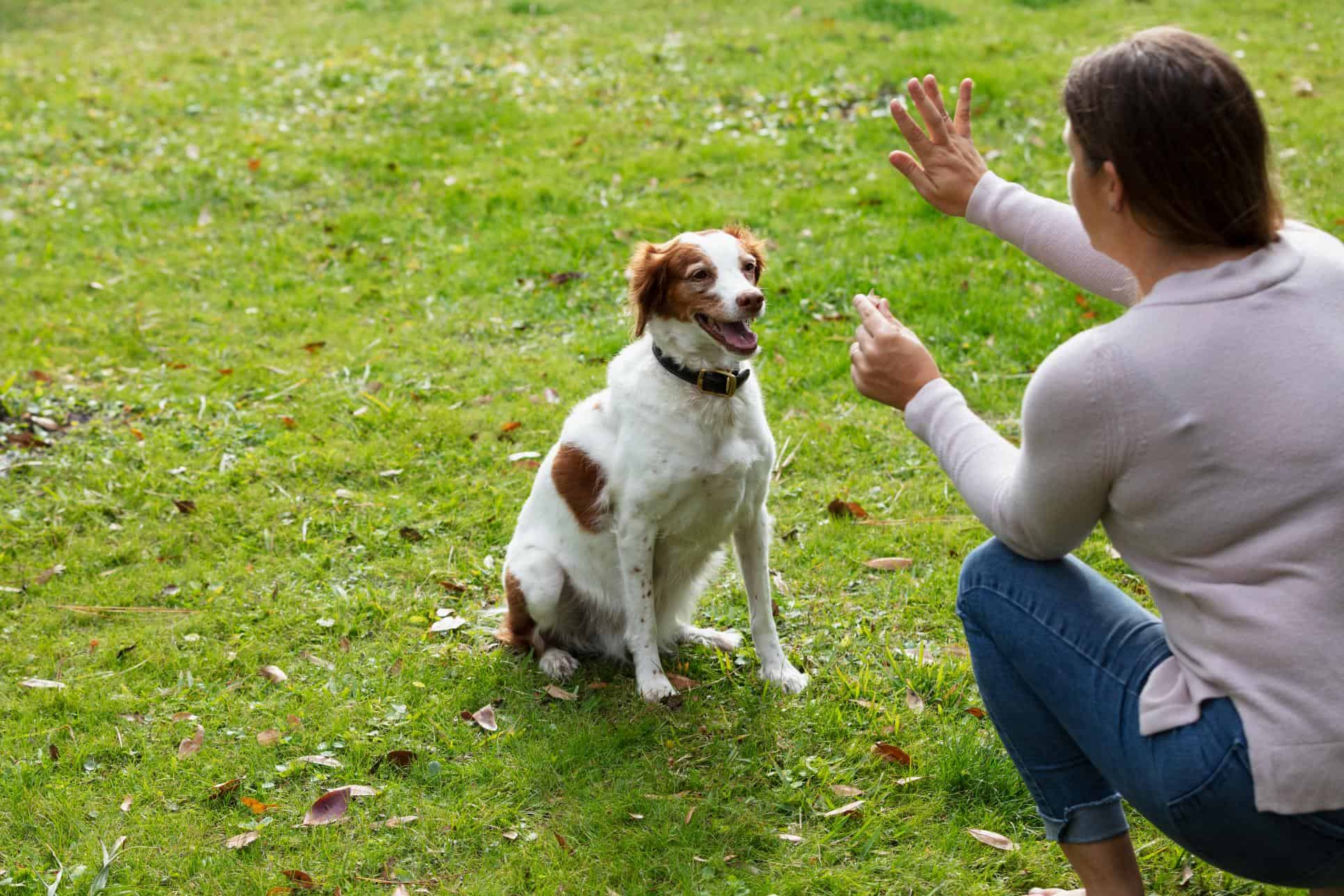Pets bring joy, companionship, and a sense of fulfillment into our lives. However, they can also exhibit challenging behaviors, such as excessive barking, destructive chewing, or scratching furniture, that can test our patience. The good news is that with the right approach, these behavior problems can be addressed effectively. In this article, we’ll explore proven strategies or the pet training program to help you eliminate your pet’s problem behaviors for good, whether you have a dog, cat, or another furry friend.
For those looking for a comprehensive guide to solving pet behavior problems, consider checking out this highly recommended pet training program, which offers step-by-step instructions and expert techniques to train your pet effectively.
Understanding the Root Cause of Behavior Problems
The first step in addressing your pet’s behavior problems is to understand why they’re acting out. Behavior issues often arise from unmet needs, such as a lack of exercise, mental stimulation, or social interaction. For instance, a cat that scratches furniture may be trying to mark territory, relieve stress, or simply keep their claws healthy. Similarly, a dog that barks excessively might be bored, anxious, or seeking attention. Addressing these underlying causes is crucial for effective training.
To delve deeper into understanding pet behavior, you can explore this guide on animal psychology.
You may also read:-
Mastering Amazon Affiliate Marketing: Key Steps for 2024 Success
Positive Reinforcement: The Power of Rewards
One of the most effective training techniques for pets is positive reinforcement. This method involves rewarding your pet for good behavior, encouraging them to repeat it. Rewards can range from treats and praise to extra playtime or a favorite toy. The key is to reward your pet immediately after they exhibit the desired behavior so they can associate the action with the positive outcome.
For example, if your cat uses a scratching post instead of the furniture, reward them with a treat or a play session. This reinforces the idea that using the scratching post is a desirable behavior.
Unlike punishment, which can cause fear and stress, positive reinforcement builds trust and helps your pet learn more effectively. For more insights into positive reinforcement techniques, check out this detailed guide on pet training.
Consistency: The Foundation of Success
Consistency is vital in pet training. To eliminate problem behaviors, you need to be consistent with commands, rewards, and boundaries. Use the same words and gestures every time you want your pet to perform a specific action, whether it’s getting off the couch, staying quiet, or using the litter box.
For instance, if your dog or cat tends to jump on furniture, make sure everyone in your household uses the same command, such as “Off,” and enforces the rule consistently. Inconsistent signals can confuse your pet, making it harder for them to learn the desired behavior.
Consistency also involves setting clear boundaries. If your pet is not allowed in certain areas of the house, ensure that this rule is consistently enforced by everyone in the household.
Redirecting Bad Behavior
When your pet starts to engage in undesirable behavior, redirect their attention to something more appropriate. For example, if your pet is chewing on your shoes or furniture, offer them a chew toy or scratching post instead. This teaches them what is acceptable behavior.
Redirection works well in combination with commands like “No” or “Leave it.” When your pet exhibits bad behavior, use a firm command to interrupt them, then guide them toward a positive activity.
For additional tips and techniques on managing pet behavior, visit this helpful online resource on pet training.
The Importance of Exercise and Mental Stimulation
Many pet behavior problems stem from a lack of physical activity and mental stimulation. Pets, whether dogs, cats, or others, need regular exercise to stay healthy and content. Without enough physical activity, pets can develop problems like excessive barking, scratching, chewing, or digging.
In addition to physical exercise, pets need mental challenges. Puzzle toys, interactive games, and pet training exercises keep your pet’s mind engaged and help reduce problem behaviors. A well-exercised and mentally stimulated pet is less likely to act out.
Socialization: A Key to Reducing Fear and Aggression
Proper socialization is essential in preventing fear-based behavior problems. Exposing your pet to new experiences, people, and other animals in a controlled and positive way can help them become well-adjusted and confident. Also pet training adds to socialization of pets
For instance, introducing your dog to different environments and people from a young age can prevent fear-based reactions and aggression. Similarly, gradual exposure to new experiences can help cats adjust to changes and reduce stress-related behaviors.
When to Seek Professional Help
While many behavior problems can be addressed through consistent training, some issues may require professional intervention. If your pet’s behavior is severe or doesn’t improve with basic training techniques, consider consulting a professional trainer or a veterinarian. They can provide specialized guidance and, in some cases, recommend behavioral therapy or medication.
For more information on finding a qualified pet trainer, visit this resource.
Conclusion
Training your pet to eliminate unwanted behaviors requires time, patience, and persistence. By understanding the root causes, using positive reinforcement, and maintaining consistency, you can effectively address and eliminate behavior problems. Remember, a well-trained pet is a happier and healthier companion.
If you’re serious about solving your pet’s behavior problems, don’t miss out on this highly effective pet training program. It offers everything you need to train your pet and improve your bond for a lifetime of positive behaviors.






